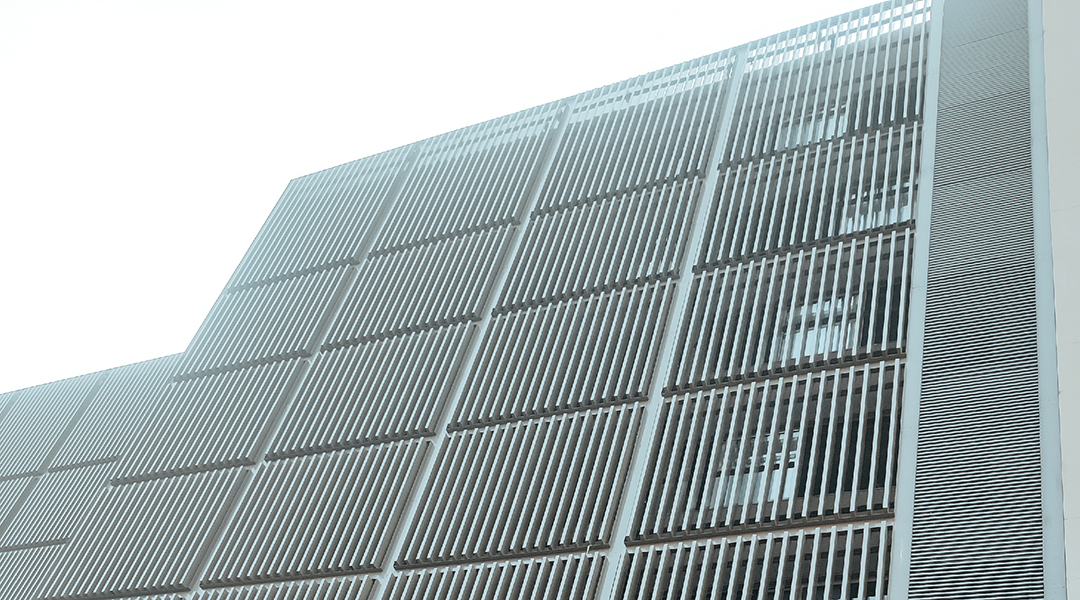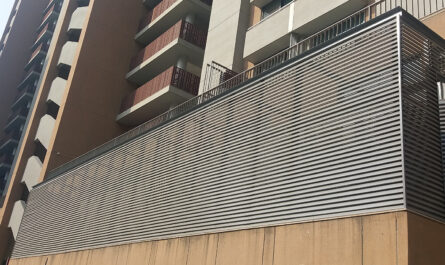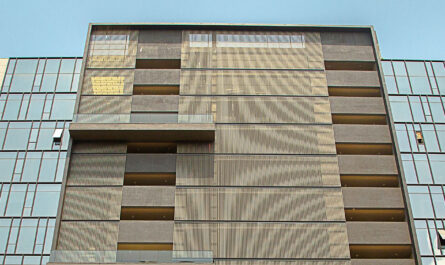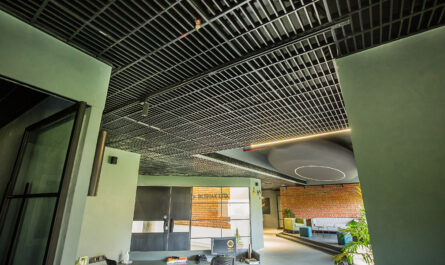Reports say that it is a large investment for aesthetic enhancement and structural protection of your building through exterior wall cladding panels. Therefore, it is very important to carry out proper maintenance of the panels to maximize aesthetic appeal, life, and performance. Consequently, one can extend the life of the cladding system and help keep its protecting features and aesthetic appeal if one knows and practices proper maintenance.
In order to be effective, cladding maintenance hinges on regular inspection. More systematic inspection schedules of the panels will make it possible to recognize early signs of trouble before they develop into serious repairs, thus avoiding degradation of panel systems by nature and other severe weather events. The inspections should be done by trained professionals at least every six months and also right after severe storms. During these inspections, an eye must be kept on panel joints, fastening systems, and areas around windows and doors where water infiltration typically occurs. Signs of displacement, warping, or any unusual movement may serve as an indicator of underlying issues with the structure or mounting system.
The inspection process should involve a detailed examination of all sealants and gaskets between panels. These components are critical in preventing infiltration of water and ensuring that the system remains watertight. Over time, ultra-violet (UV) radiation and environmental conditions will break these materials down, jeopardizing the integrity of the entire cladding system. Symptoms of sealant failure include cracking, separation from the edges of the panel, and general visible degradation of the material. When these failure symptoms appear, they necessitate immediate replacement of the sealants to avoid further water damage to the cladding and, ultimately, to the building structure.
The nature of cleaning operations interacts very strongly with the durability and looks of cladding panels. Different materials need different methods to keep the appearance and avoid damage. Metal panels should be washed regularly with mild detergent solutions and soft brushes to remove built-up dirt and pollutants that will otherwise degrade the surfaces. Composite panels may call for manufacturers’ specialized cleaning products. Whatever the case, strongly sanitizing or aggressive cleaning techniques must be avoided, as they will cause damage to protective finishes, or even the surface of the panel itself.
Laundry should be done at differing frequencies according to aspects like environmental conditions and the building panels. Those panels around heavily populated areas of pollution, marine environments, and densely vegetated locations may require more frequent cleaning to prevent staining and degradation of materials.Washable proofs and recommendations for individual products made by manufacturers offer cleaning schedules based on these factors. Make sure to clean from the top down, therefore, that dirty water does not run down already cleaned surfaces, causing streaking or staining.
Proper drainage systems around cladding panels play a key role in their longevity. If gutters are blocked, downspouts or rainwater management systems are damaged, or water falls over panels, staining and premature wear may occur. Regular inspection and cleaning of drainage systems may alleviate such problems. In addition to draining, ensure that, where applicable, proper ventilation exists behind the panels to prevent moisture buildup that can lead to mold growth and deterioration of the panels.
Surface protection is another vital aspect of cladding maintenance. Many panels are factory-finished with protective coatings that resist weathering and help maintain appearance. Such protective coverings inevitably degrade due to conditions of environment. Inspections of surfaces should regularly take place to determine when protective coatings require renewing or repairing. Any recoating should be carried out by using approved application methods and approved products from the manufacturer to ensure satisfactory results and avoid compatibility problems.
Dealing swiftly with any issues upon its detection prevents small problems from rising to huge proportions. Small nicks, scratches, or areas of surface damage need inspection and repairs performed in accordance with the manufacturer’s specifications. Some panels may have to be totally replaced in the case where the structural integrity or water-proofing has been compromised. Proper documentation of repairs undertaken and a small stock of matching replacement panels provide for speedy repairs when the need arises.
Seasonal factors contribute to cladding maintenance. Pre-winter inspections identify possible sources of future problems that could be amplified by freeze-thaw cycles. Spring inspections post-winter weather can frequently uncover damage occurring due to ice or snow accumulation; summer maintenance typically has cleaning and surface protection concerns, and leaves and debris clearing of drainage systems is ordinarily a part of fall maintenance.
The professional maintenance assistance keeps the cladding system safe. While some cladding maintenance, such as regular cleaning and visual inspections, can be left to building maintenance employees, several aspects require specialized training and equipment. Bring in qualified experts for detailed inspections, repairs, and specialized maintenance tasks to get the work done well and up to the manufacturer’s specifications. These professionals can also provide useful tips and advice on preventive maintenance practices by helping develop maintenance schedules according to the specific needs of the building.
The documentation of maintenance provides an important means to keep track of the system’s history for future reconstruction and repair. Chronicling detailed records of inspections, cleaning activities, repairs, and modifications also permits one to detect generalized phenomena of wear or recurring problems that may well speak of some systematic issues. These records also help prepare budgets for future repairs or decisions regarding system upgrades or replacements.
The perspectives of costs cannot be undervalued in maintenance planning. That ongoing expense it takes to focus on maintaining an asset will always represent less of a financial concern than repair jobs associated with major failures or unplanned replacements. A beginning maintenance budget encompassing routine cleaning, planned inspections, and foreseeable repairs will foster timely allocation of dollars when necessary. Another consideration is that of bailing for unexpected repairs arising from any serious weather disturbances.
Long-term performance of exterior wall cladding systems relies greatly on suitable upkeep and regular maintenance plan adopted. Building owners and managers, therefore, must work toward the establishment of suitable maintenance programs that perform regular inspections, suitable cleaning protocols, repairs increasingly quickly, and professional support where experienced help is required. Regular reviews of maintenance practices, making such changes as are continual, will ensure that up-to-date practices remain intuitive and in full accord with the best current and manufacturer-preferred practices.




